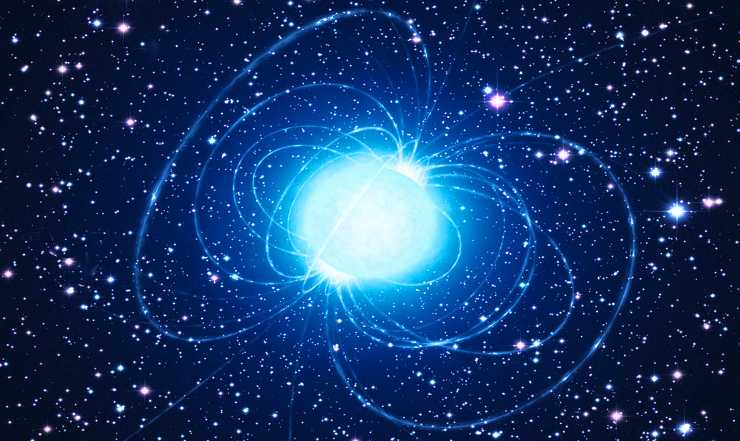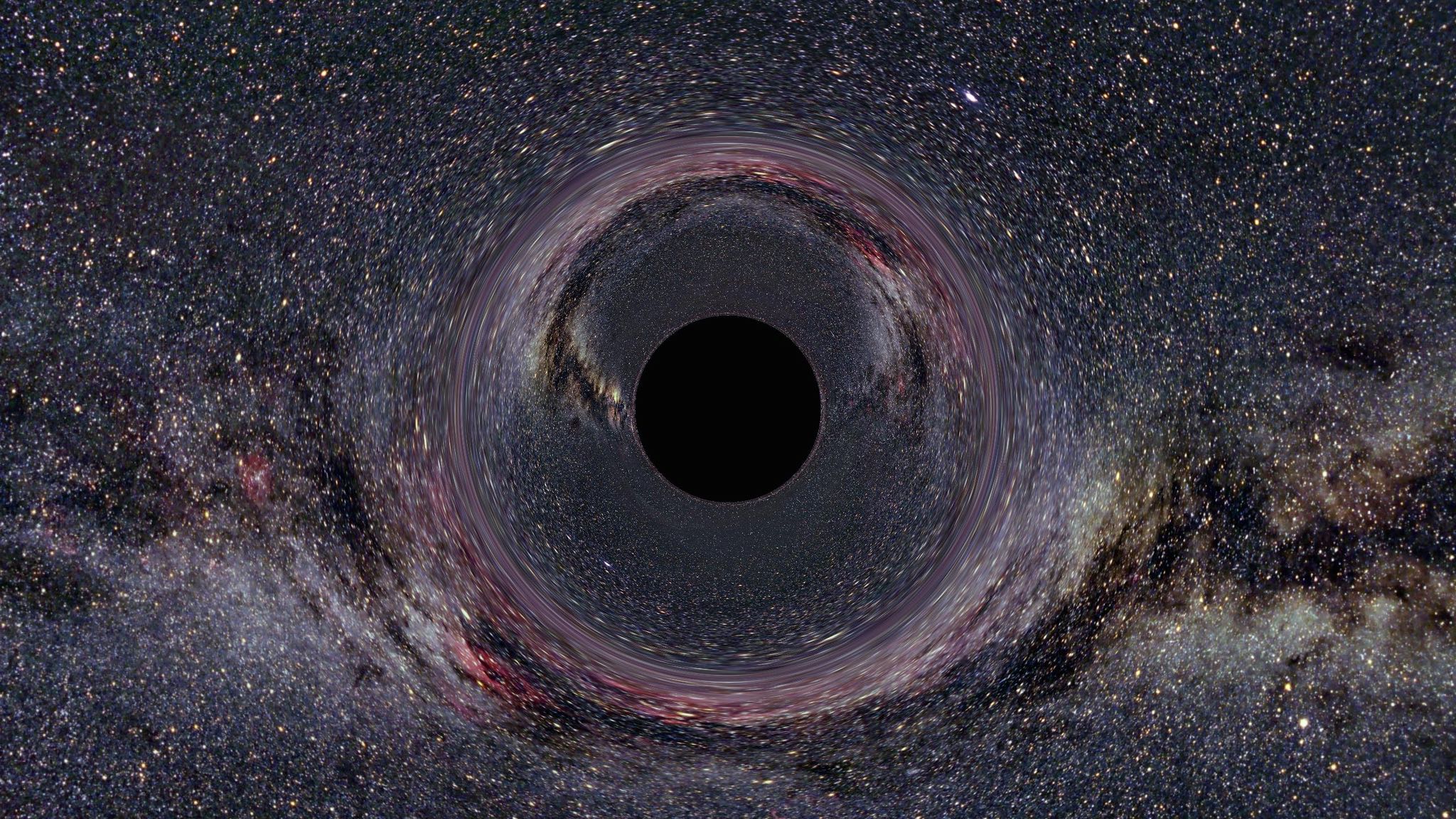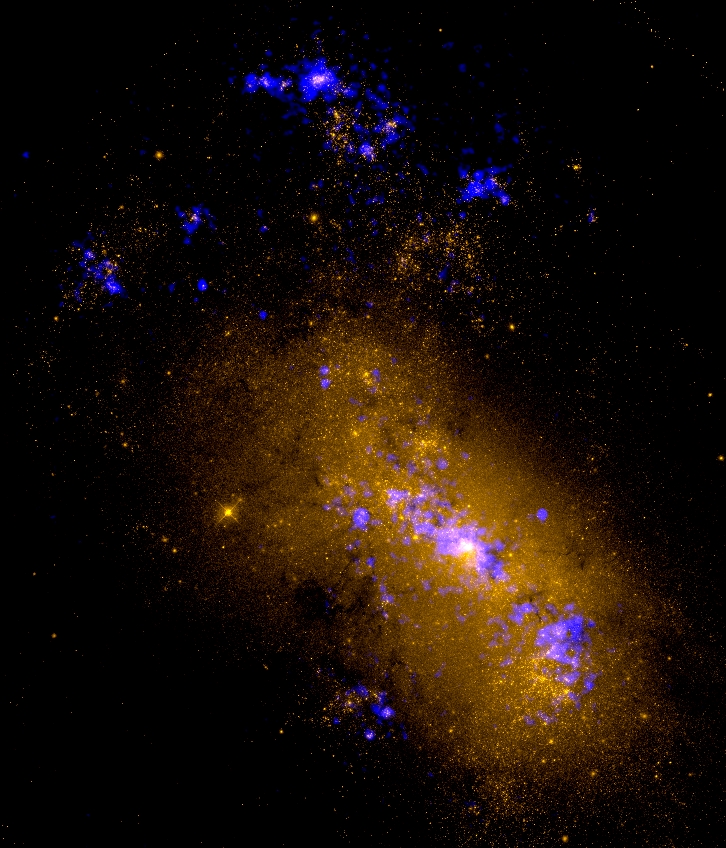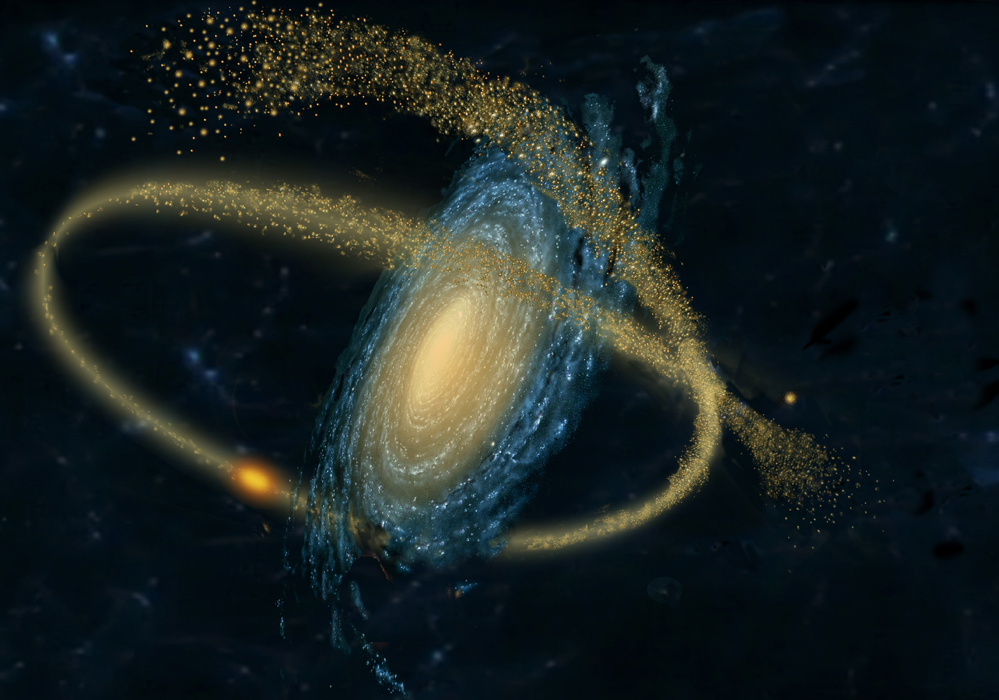Research Projects
Neutron Stars | Supermassive Black Holes and Active Galactic Nuclei | Extreme Star Formation | Galactic Structure and Chemical Evolution
The MSU Astronomy and Astrophysics Group is committed to undergraduate and graduate education, public outreach, and research supported by NASA and the NSF. We do basic research in the following areas:
Neutron Stars
Neutron stars contain the densest known matter in the Universe and the strongest magnetic fields; a cubic centimeter of neutron-star matter has a mass of one hundred million metric tons, while magnetic fields are as large as 1015 G (1011 T). The Astronomy and Astrophysics Group studies neutron-star rotational dynamics, thermal evolution, and explosive phenomena to deduce the properties and dynamics of the stellar interior.

The Neutron Star Internal Composition Explorer (NICER) was launched on June 1, 2017.
During its nominal lifetime of 17 months, this x-ray observatory will study high-energy
phenomena in neutron stars with the goal of learning about the composition of these
objects at such high densities that neutrons could dissolve into their constituent
quarks, and other particles such as kaons could appear.
Supermassive Black Holes and Active Galactic Nuclei
Essentially every massive galaxy, including our own Milky Way, harbors a supermassive black hole at its center. These giant black holes can grow
to have masses more than a billion times the mass of our Sun. When matter falls onto
a black hole, it is heated and emits intense radiation before passing through the
event horizon. Jets of material traveling at nearly the speed of light can be driven
away from the black hole. In addition to using observations to help reveal how the
first “seeds” of supermassive black holes formed and grew in the early Universe, our
group studies how matter falls onto supermassive black holes, the formation of jets,
radiative properties near the event horizon, the formation of supermassive stars,
and gravitational wave emission from merging black holes that could be detectable
by LISA.
harbors a supermassive black hole at its center. These giant black holes can grow
to have masses more than a billion times the mass of our Sun. When matter falls onto
a black hole, it is heated and emits intense radiation before passing through the
event horizon. Jets of material traveling at nearly the speed of light can be driven
away from the black hole. In addition to using observations to help reveal how the
first “seeds” of supermassive black holes formed and grew in the early Universe, our
group studies how matter falls onto supermassive black holes, the formation of jets,
radiative properties near the event horizon, the formation of supermassive stars,
and gravitational wave emission from merging black holes that could be detectable
by LISA.
Extreme Star Formation
Super star clusters are the product of the most intense bursts of star formation  in the local Universe. Packed with thousands of young massive stars, these dense stellar
clusters can have a major impact on the energetics and evolution of galaxies. We study
these massive clusters and nearby dwarf starburst galaxies to provide a template for
interpreting observations of infant galaxies at the edge of the observable Universe
undergoing extreme star formation.
in the local Universe. Packed with thousands of young massive stars, these dense stellar
clusters can have a major impact on the energetics and evolution of galaxies. We study
these massive clusters and nearby dwarf starburst galaxies to provide a template for
interpreting observations of infant galaxies at the edge of the observable Universe
undergoing extreme star formation.
Galactic Structure and Chemical Evolution
Galaxies form and grow hierarchically over cosmic time. Small  galaxies formed first in the early Universe and through continual mergers built up
larger galaxies like our own Milky Way. This produces remnant pieces of the aggregated
small galaxies that litter the outskirts of large galaxies. This graveyard can be
harnessed as a probe of a galaxy’s merger history by means of “galactic archaeology”.
We study the the structure, formation and chemical evolution of the Milky Way and
its satellite galaxies using large astronomical surveys.
galaxies formed first in the early Universe and through continual mergers built up
larger galaxies like our own Milky Way. This produces remnant pieces of the aggregated
small galaxies that litter the outskirts of large galaxies. This graveyard can be
harnessed as a probe of a galaxy’s merger history by means of “galactic archaeology”.
We study the the structure, formation and chemical evolution of the Milky Way and
its satellite galaxies using large astronomical surveys.
